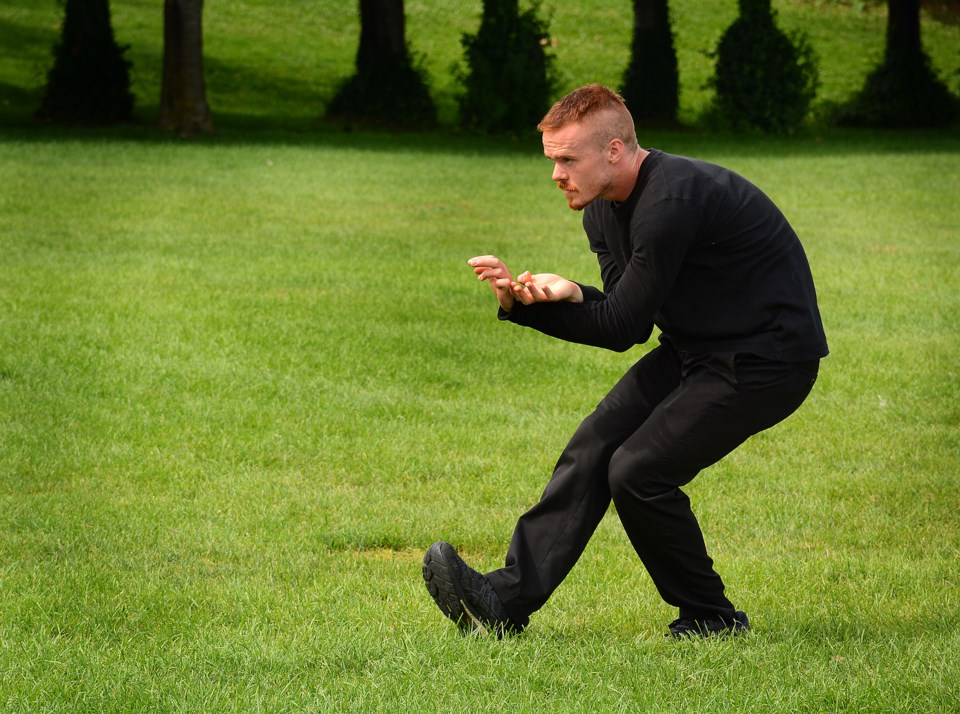Qigong (pronounced “chee gong”) is a part of traditional Chinese medicine that dates back thousands of years and is based on the principle that Qi, or vital energy, flows through the body to maintain health, harmony, and balance.
We feel and function best when our Qi flows freely, but health problems can occur when this energy is blocked.
Qigong uses breathwork and simple poses to promote a healthy flow of Qi to increase and sustain psychological and physical health and well-being. It’s simple and easy to learn, and can be done by anyone of any age or fitness level.
Slow, deep breathing and active mindfulness are key factors for channeling Qi. The Qigong practice calms the sympathetic nervous system and stimulates the parasympathetic nervous system to help reduce stress and anxiety, while smooth, gentle movements induce relaxation.
Within Qigong, there are different forms of practice that are often split into three categories: Medical, Spiritual, and Martial. Tai Chi is the most popular form and is an example of Martial Qigong.
Bob Hoo of PROPELACTIVE Health and Lifestyle in Burlington has been a Tai Chi instructor for the past 15 years. He has received first level certification by the Chinese Health Qigong Association and has seen for himself the benefits of Tai Chi and Qigong, both physically and mentally.
“It relaxes me more. I don’t feel as stressed," he says. "That’s what the Qigong does because you’re breathing in and pushing the Qi energy within all the parts of your body. You start clearing your mind, just relaxing, and going with the flow.”
Tai Chi and Qigong are both forms of meditative movement with an emphasis on coordinating the breath, mind and body. Both practices can boost your mood and reduce anxiety, depression and stress, as well as offer physical benefits such as increasing energy, mobility, circulation, flexibility, coordination, strength, vitality, and balance.
However, Tai Chi typically involves performing a series of moves strung together, while Qigong may comprise repeating one movement over and over or simply focusing on breathing.
On Saturday mornings from 9 to 10 a.m., PROPELACTIVE offers Qigong for the first 15 minutes of Tai Chi class. “We follow the Eight Brocades, which are basic moves to get the energy going,” says Hoo.
Eight Brocades is a particular style of Qigong, with eight movements noted for their smooth, silken quality. It’s one of the most popular Qigong practices, and many consider it a form of Medical Qigong.
Each movement has a name and incorporates mindful movement and meditation. For example, Pressing Up to the Heavens with Two Hands, the first movement, is a simple movement that can help eliminate anxiety and fatigue, while Wise Owl Gazes Backwards stretches the neck to ease tension and is also said to relieve back pain, nurture the internal organs, and increase vitality.
Click here for more information about classes, or follow along on the video below.



